Celebrating a year of innovation
Take a look back at some of this year's most interesting innovations found on IPI's Online Marketplace.
The innovation process is often depicted as a sudden spark of individual inspiration—an Eureka moment, if you will. But innovation is rarely a one-man process. In an increasingly competitive global marketplace, collaborative innovation is the key to creating unique value. Find some inspiration, or perhaps connect with a potential collaborator on IPI’s Online Marketplace, a comprehensive listing of the latest technological innovations from global sources.
As we start afresh with a new decade, be inspired by the top ten TechOffers in six industry areas that received the most buzz in 2019.
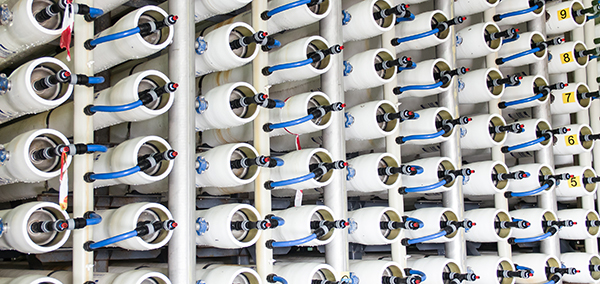
Turning waste into water
Industry area: Energy & Environment
Water scarcity around the world has raised the demand for low-cost, high-efficiency solutions that can produce freshwater from unusable water sources. Typically, energy-intensive methods like thermal evaporation are used to produce freshwater. Instead, this technology uses forward osmosis—a passive movement of water across a semi-permeable membrane due to concentration differences between two regions—to extract clean and reusable water from highly-contaminated, mineralised wastewater. The technology can be applied in many industries, including wastewater treatment as well as food and beverage production. Currently, the developers are looking for potential partners and licensees of this technology.
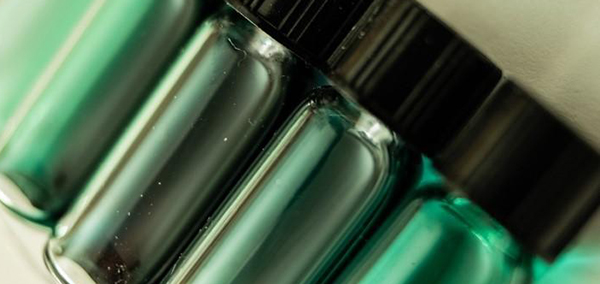
A second life for lithium-ion batteries
Industry area: Energy & Environment
These days, consumer electronics like smartphones are used for roughly three years before being replaced. Though discarded electronics might not be valued, the lithium-ion batteries (LIB) found within still retain precious metals that can be recovered and reused. Currently, corrosive leaching acids and high-temperature incinerators are used to extract these precious metals, posing a safety risk to workers. A novel method using deep euthetic solvents, however, can safely extract metals of interest in an environmentally-friendly manner. The solvents can be made from commercially available chemicals, making them fit for LIB recycling on an industrial scale.
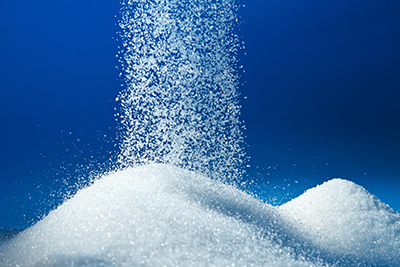
A spoonful of (ultra-low calorie) sugar
Industry area: Food & Nutrition
Maintaining a healthy diet when you have a sweet tooth can be challenging. Enter D-allulose, a rare type of sugar that is almost as sweet as table sugar, but with a tenth of the calories. D-allulose is difficult to mass produce due to several bottlenecks in the process. However, a novel biological process that can bypass these bottlenecks to easily produce D-allulose has been developed. In addition to producing D-allulose for the food and health supplement industries, the process also generates useful byproducts like lactic acid and probiotics.

Protection against the sun and screens
Industry area: Health & Personal Care
Although sunscreen can protect us against aging and skin cancer, there are mounting concerns over its impact on health and the environment, with consumers now preferring safer formulations without chemical additives. In response, a new SPF30 sunscreen without nanoparticles or synthetic preservatives has been developed. Its lightweight formula is hypoallergenic and vegan, making it suitable for sensitive skin types as well as babies. Better yet, the triple-action sunscreen doesn’t just shield against the sun’s rays. Antioxidants within also protect against urban pollutants and even the blue light emitted by electronic screens.

Skincare gets personal
Industry area: Health & Personal Care
Fuelled by social media, skincare has become the beauty industry’s latest obsession. As skincare evolves, consumers have also become increasingly sophisticated, demanding personalised solutions for their unique needs. Essentially a one-stop shop for skincare, this platform uses a proprietary portable device with a machine learning algorithm to process images of the user’s skin. From these images, the platform can then generate a skin health assessment as well as a list of recommended products suitable for each skin type. With the platform, cosmetics manufacturers and aesthetic centres can perform automated assessments, provide personalised recommendations and track effects of the recommended products after application.
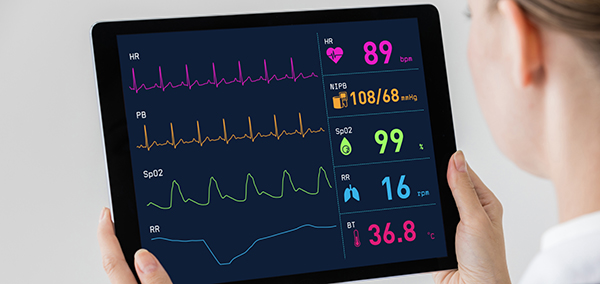
Detecting heartbeat at a distance
Industry area: Infocomm/Electronics
In hospitals, monitoring vital signs often requires patients to be attached to an uncomfortable tangle of wires and cables. To eliminate the need for wired monitoring devices, a contactless, compact radar that can detect respiration and heart rate at a distance has been developed. An unobtrusive way to check health conditions, the radar can be widely applied in hospitals and elderly care centres. Outside the healthcare setting, it can also be used in prisons and inside vehicles to detect and count occupants.

Securities trading on the blockchain
Industry area: Infocomm/Electronics
In recent years, blockchain has been hyped for its decentralised and secure nature. This has resulted in the emergence of a blockchain-based token economy, where anything of value can be represented in token form. Taking advantage of this token economy is a newly-available end-to-end securities tokenisation platform that can also be used for the exchange of digital assets. Featuring multi-factor authentication and military-grade encryption, the platform provides a secured, integrated system for the issuance and trading of tokenised securities ranging from company equity to fine art. Ultimately, the platform represents a 24/7 digital investment marketplace that is transparent and inclusive, without the need for middlemen.
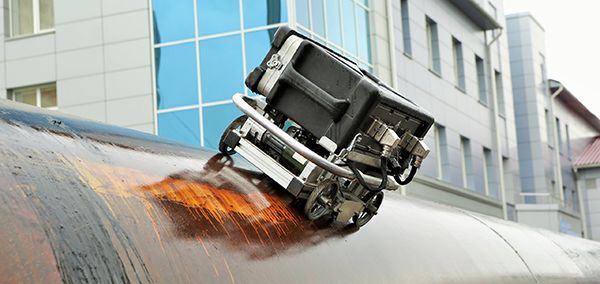
A robot rover for Singapore’s sewers
Industry area: Manufacturing
Lying underneath Singapore is a 3,500 km-long labyrinth of public sewers. To prevent pollution to waterways and their surrounding environment, sewers must be checked regularly to ensure their structural integrity. Historically, human sewer inspectors have done the literally dirty work, but extended time underground carries inherent risks due to the hazardous chemicals and debris floating about. A mobile robotic platform that can inspect partially-flooded sewers has therefore been developed. Equipped with a flammable gas sensor, HD cameras and an Ethernet communications link, the platform offers a novel way to inspect and potentially even incorporate localised repair capabilities for deep sewerage systems.
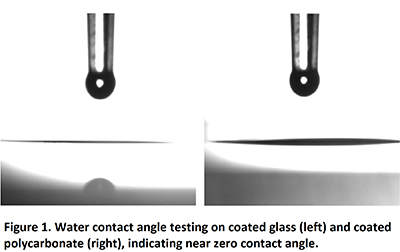
A shiny future with self-cleaning glass
Industry area: Materials & Chemicals
Glass surfaces such as windows and solar cell panels can easily accumulate dirt, requiring frequent cleaning. To reduce resources devoted to regular cleaning and maintenance of these surfaces, a durable superhydrophilic coating that confers self-cleaning properties has been formulated. On the coated surface, water droplets spread out rapidly and dirt is carried away through the water-sheeting effect. At the same time, the coating also provides anti-fog property, maintaining optical clarity for applications such as lenses, goggles and even bathroom glass. The completely inorganic coating is weather and UV resistant, and can be cured at room temperature, making it ideal for retrofitting purposes.
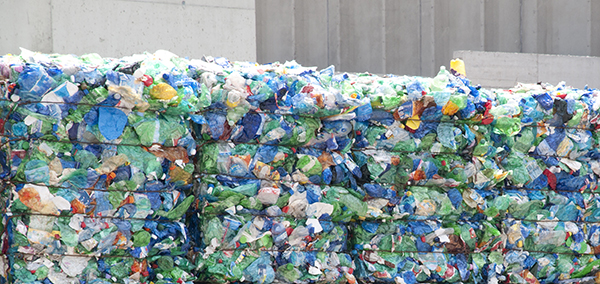
Bye-bye, microplastics!
Industry area: Materials & Chemicals
Instead of being recycled, most plastics end up in the environment, where they are further broken down into microplastics. These microplastics are then ingested by animals, entering the food chain and posing a threat to humans. To address this issue, advanced enzymes that can naturally degrade plastics have been developed. These enzymes can degrade even multi-material plastics, eliminating the need for plastic sorting. The developers of this enzyme technology are currently seeking investors and industrial partners to help bring the technology to a commercial scale.

